Welcome back to the Childhood Apraxia of Speech (CAS) series. If you are just starting, you may want to check out the introductory post by scrolling back.
Good Questions: Childhood Apraxia of Speech
When I work with children with CAS, parents often ask me some of the following questions:
Will my child’s speech sounds improve?
When will others understand what my child has to say?
Does it get better? Is there hope?
What can I do to help my child?
Some parents don’t know what to expect. It may be that they don’t know of any other children with CAS (or may only know a few).
I often encourage parents that their child’s skills will continue to grow. Speech therapy is an excellent place to start making that growth. Today I’ll share just one example of that success. The more stories I can share of client successes, the more I hope to expose families to the growth that can happen in speech therapy.
First, if you are just starting out with speech therapy, I recommend you check out my parent interview series. This series features interviews where parents talk candidly about their experience with speech therapy.
Childhood Apraxia of Speech: Client Success Story
Christopher is one of my client success stories. Christopher is a client I’ve been working with who has CAS. For privacy’s sake, I’m using a fictitious name. That said, all details of this story are true; the name is the only detail I’ve swapped out.
Christopher first started working with me a little over a year ago. At that time, he made a variety of vowel and consonant sound errors. He was difficult to understand. In fact, I think his parents were the only people who could understand him.
Christopher sometimes felt frustrated while speaking. He had started to notice that his speech sounds were difficult to produce. He also noticed that people couldn’t understand him. Because of this, he was starting to talk less and less.
From the start, his parents and I developed a plan. We wanted him to increase his speech sound production skills. We also wanted to give him cues and pointers that were helpful. Our ultimate goal was for Christopher to use his own voice to express himself in a way that others could understand.
Thankfully Christopher’s hard work in speech therapy paid off. After six months of speech therapy, friends could understand about half of what Christopher said (an improvement). After a year of speech therapy, Christopher’s friends could understand most of what he said. He’d learned many speech sounds (and was still working on more sounds), and the improvement was noticeable. Christopher appeared more confident. He expressed himself, knowing others could finally understand most of what he said.
Now (after a little more than a year in speech therapy), others can understand 80-90% of what Christopher says. Christopher likes to talk, and his parents and I like to hear him do so!
So, what led to Christopher’s success? There are a variety of factors (including Christopher’s hard work in speech therapy sessions). For Christopher, I attribute three main factors to his success.
Success Tip #1: Attend Speech Therapy Sessions Consistently
I’ve had clients with CAS who have come to my clinic for 2-3 times weekly. Other clients scheduled appointments once weekly, but attended sessions inconsistently. My clients who consistently come typically have very good results. In general, clients who aren’t consistently coming to speech therapy struggle more with progress. Ask your SLP how often your child needs speech therapy appointments. From there, attend those sessions as often as you can.
Success Tip #2: Do Your Speech Homework
Your SLP can design a home program for you and your child to practice speech sounds. If you need some suggestions for helping younger children with their homework, see my post about why I Want You To Love Your Speech Homework.
Success Tip #3: Use Consistent Cues
For Christopher, cues certainly helped him make progress.
What is a cue? Some common cues include:
Visual Cue – watch my mouth while I produce the sound, look at a drawing or depiction of the speech sound as a cue
Gesture or Touch Cue – touching my bottom lip as a cue for the /f/ sound, touching the back of my throat as a cue for the /k/ sound
Direct Model – watch what I say and then say the word, watch me say the word and then we will say the word together
Indirect Model – verbal cues that hint at the next step, or using a phrase after the target: “This is a fan. What is this?”
Success Tips – A Conclusion
Using consistent cues has been one of my most used strategies for children with CAS. It is important to be intentional about the frequency and type of cues you are giving. By doing so, children have a consistent measure of support. This support fades as children’s speech production skills increase.
In fact, cues are so important that I’ll be writing more about them soon. I’ve found that using a sequence of cues (from more support to less) has helped many of my clients. By offering more support at first to reduce frustration and increase success, I’ve seen great gains. As children’s skills increase, I reduce my level of support and make tasks harder. If you’d like more information on cues (complete with step-by-step suggestions), I’ll be writing a blog post on that topic in the future.

